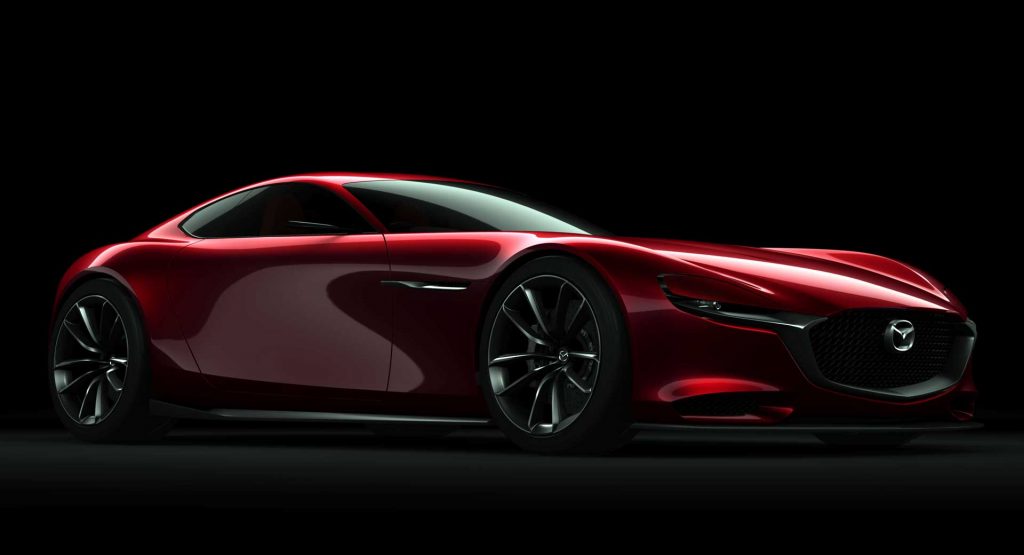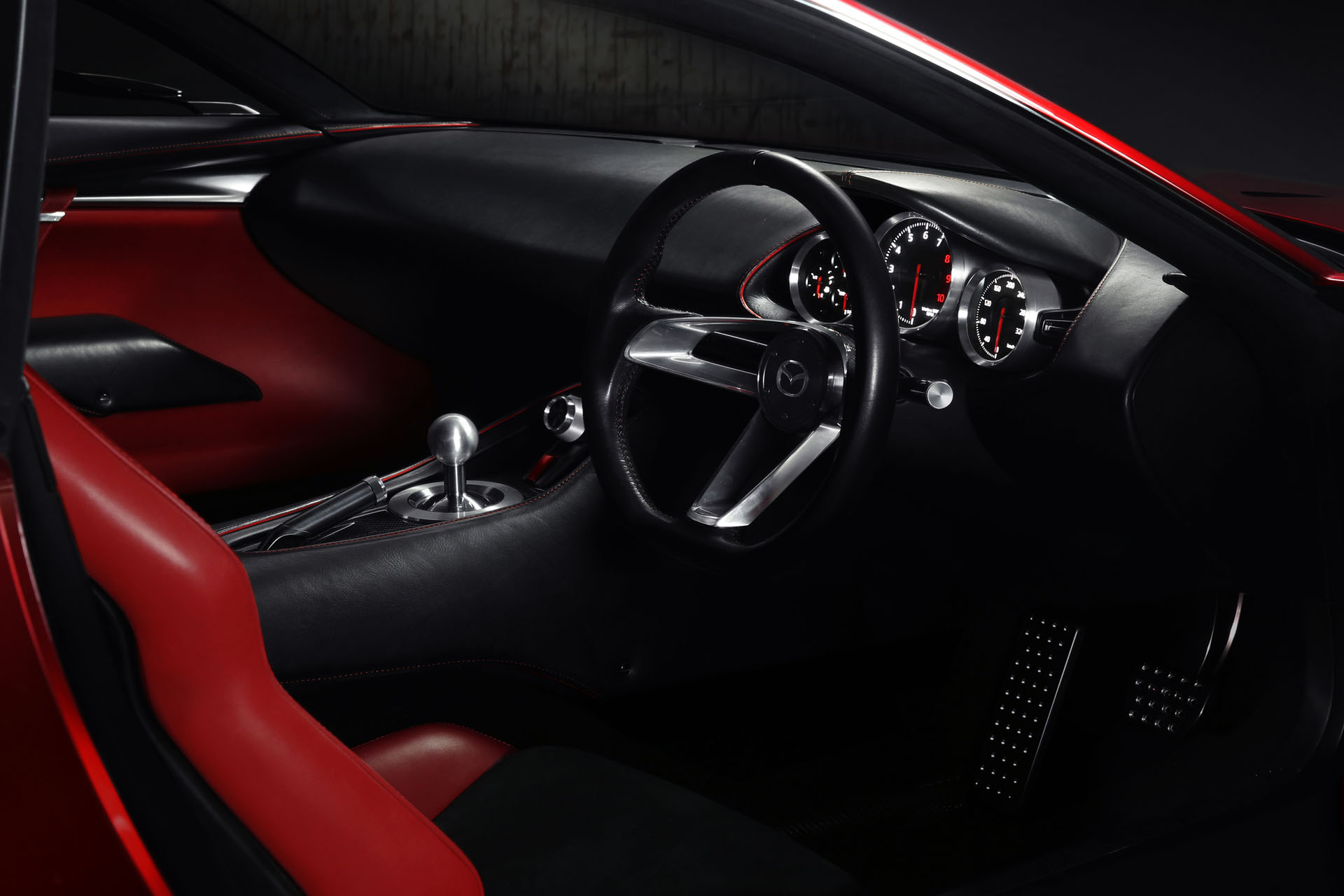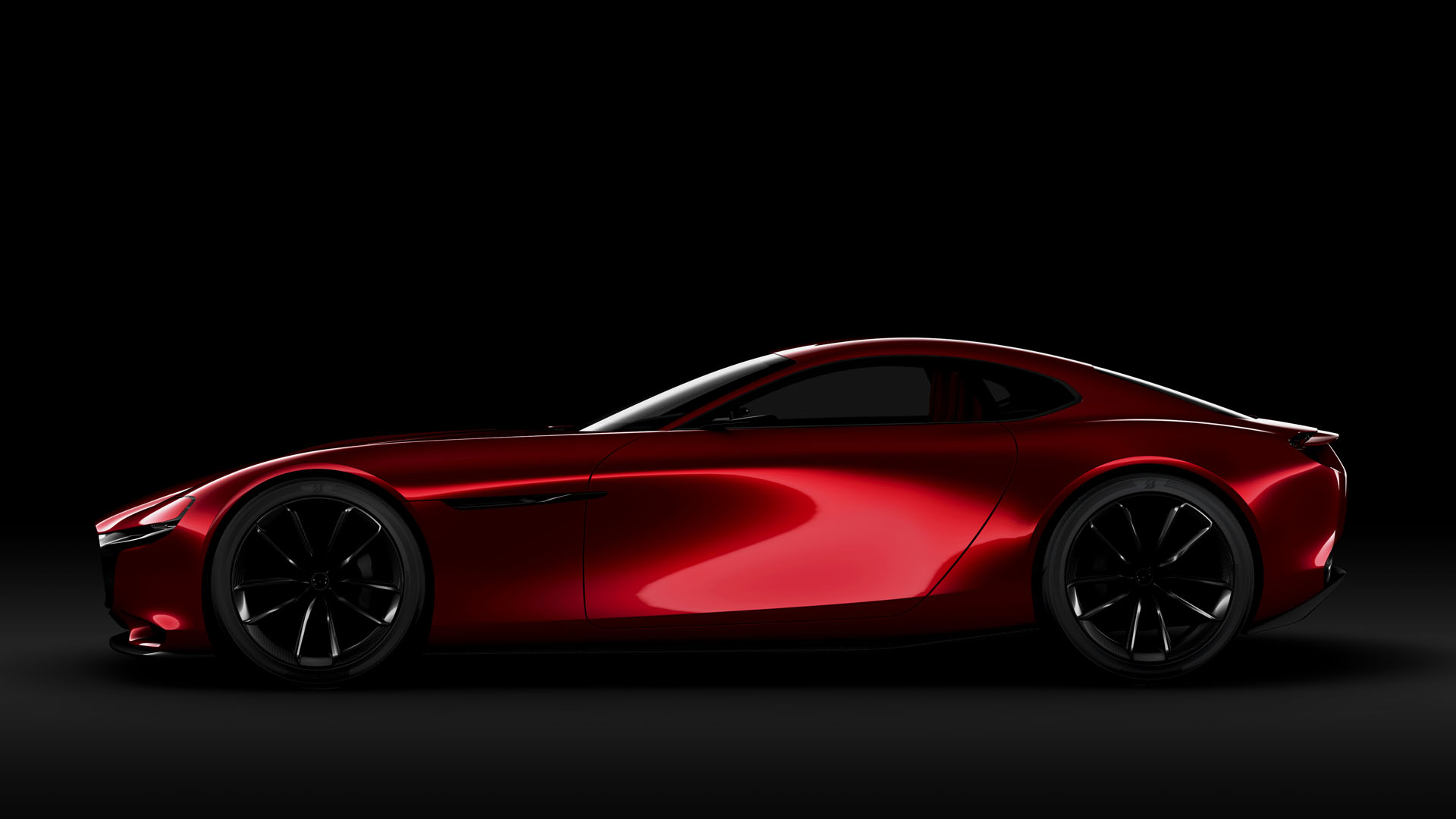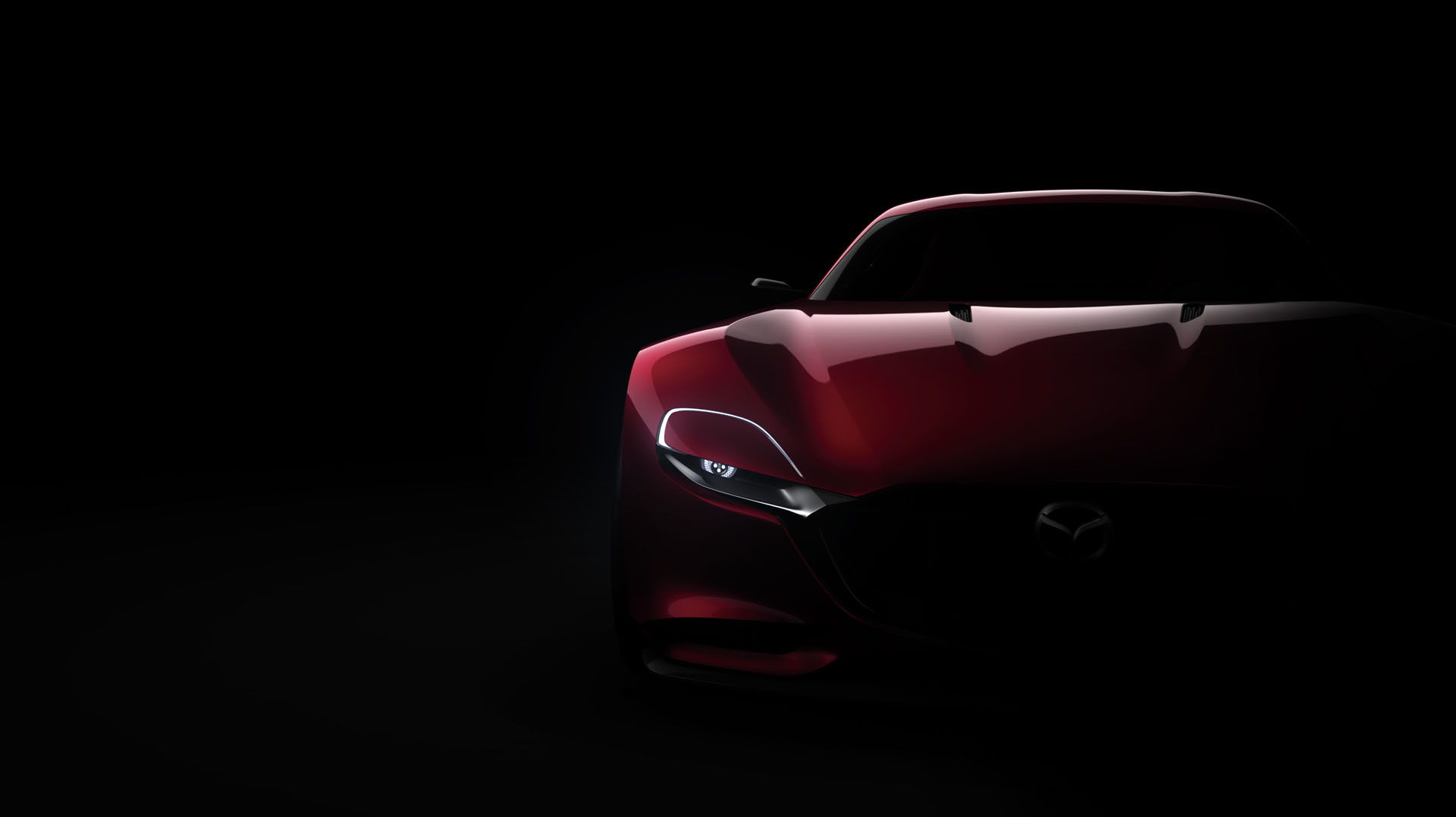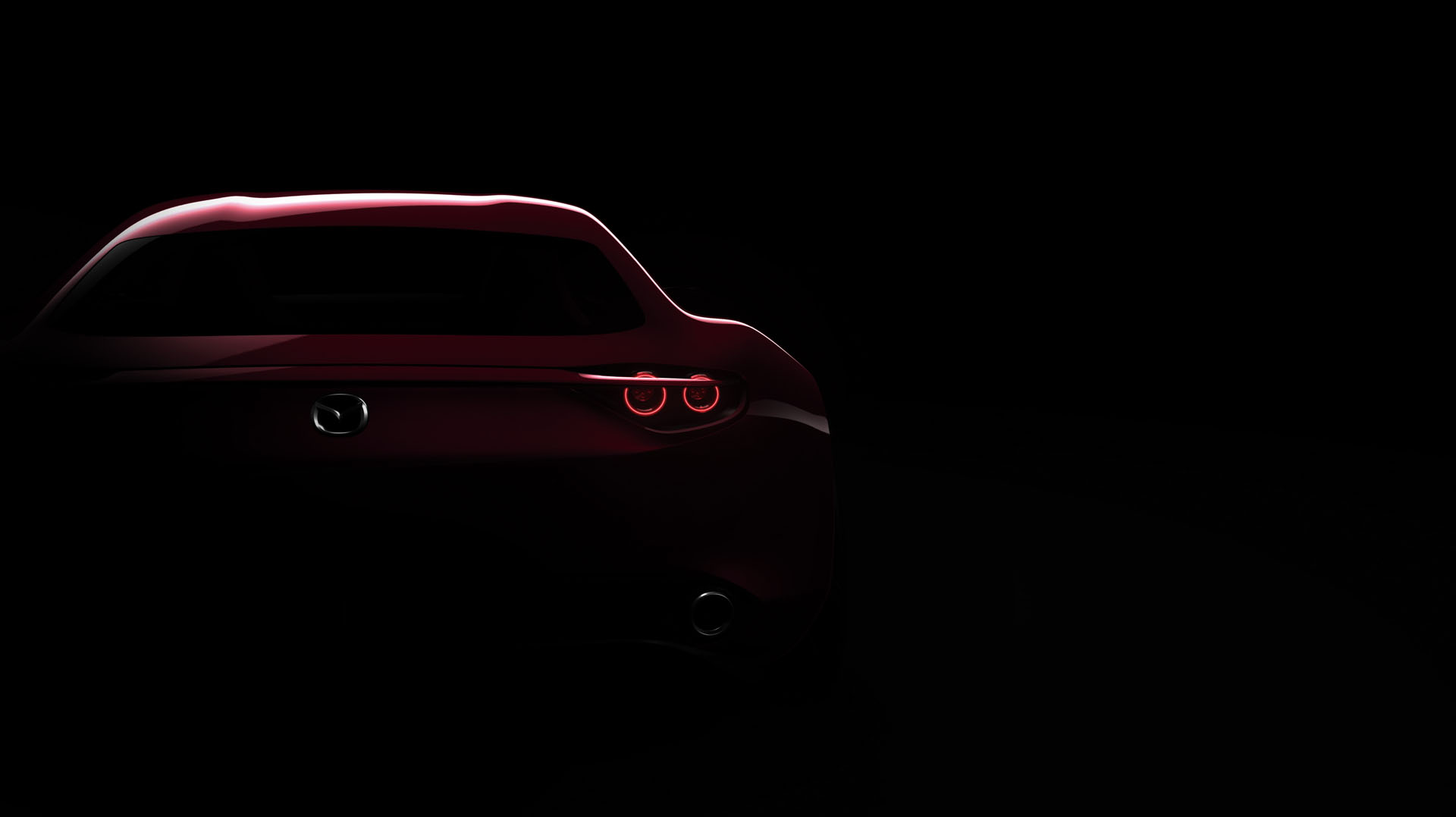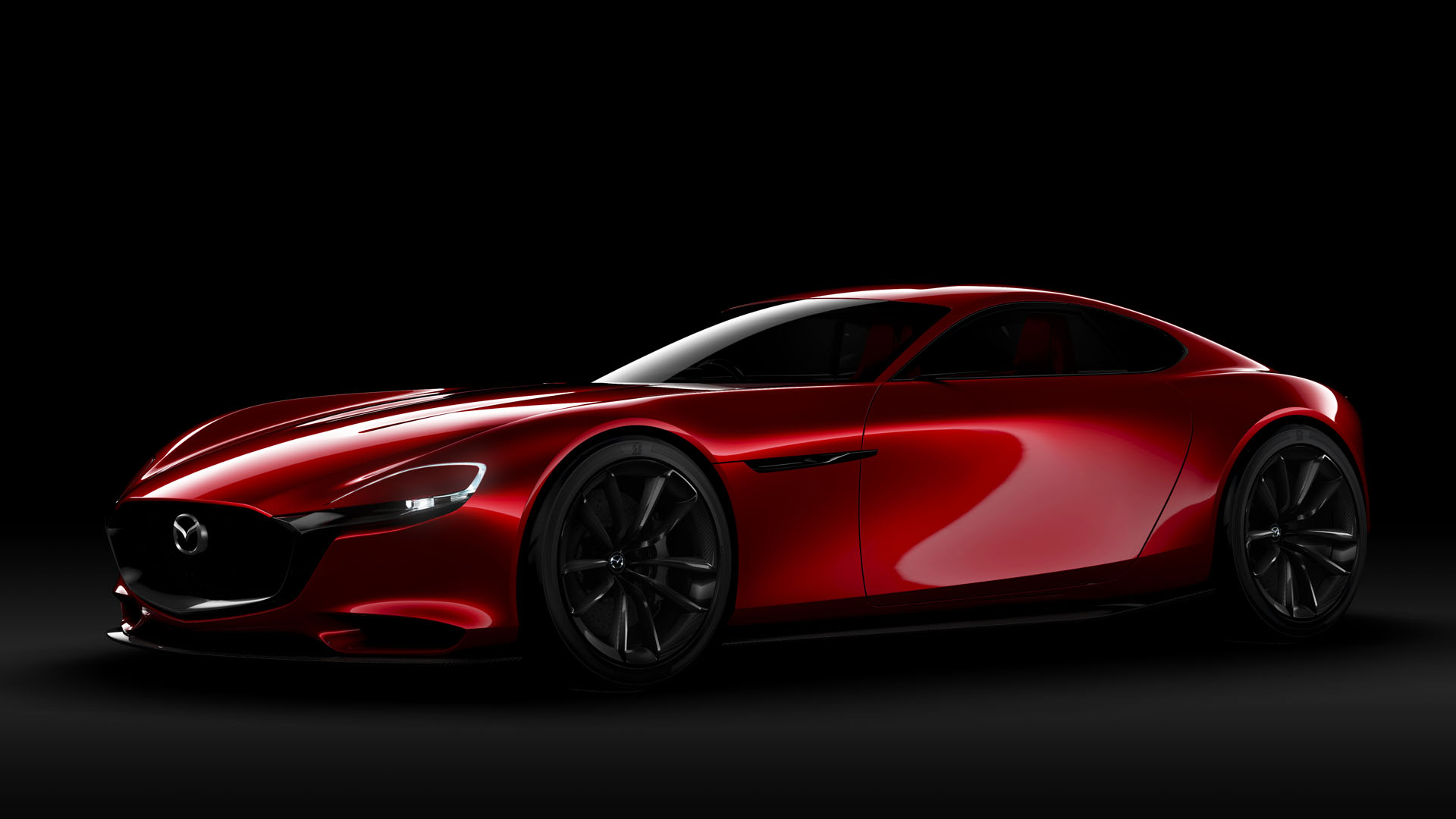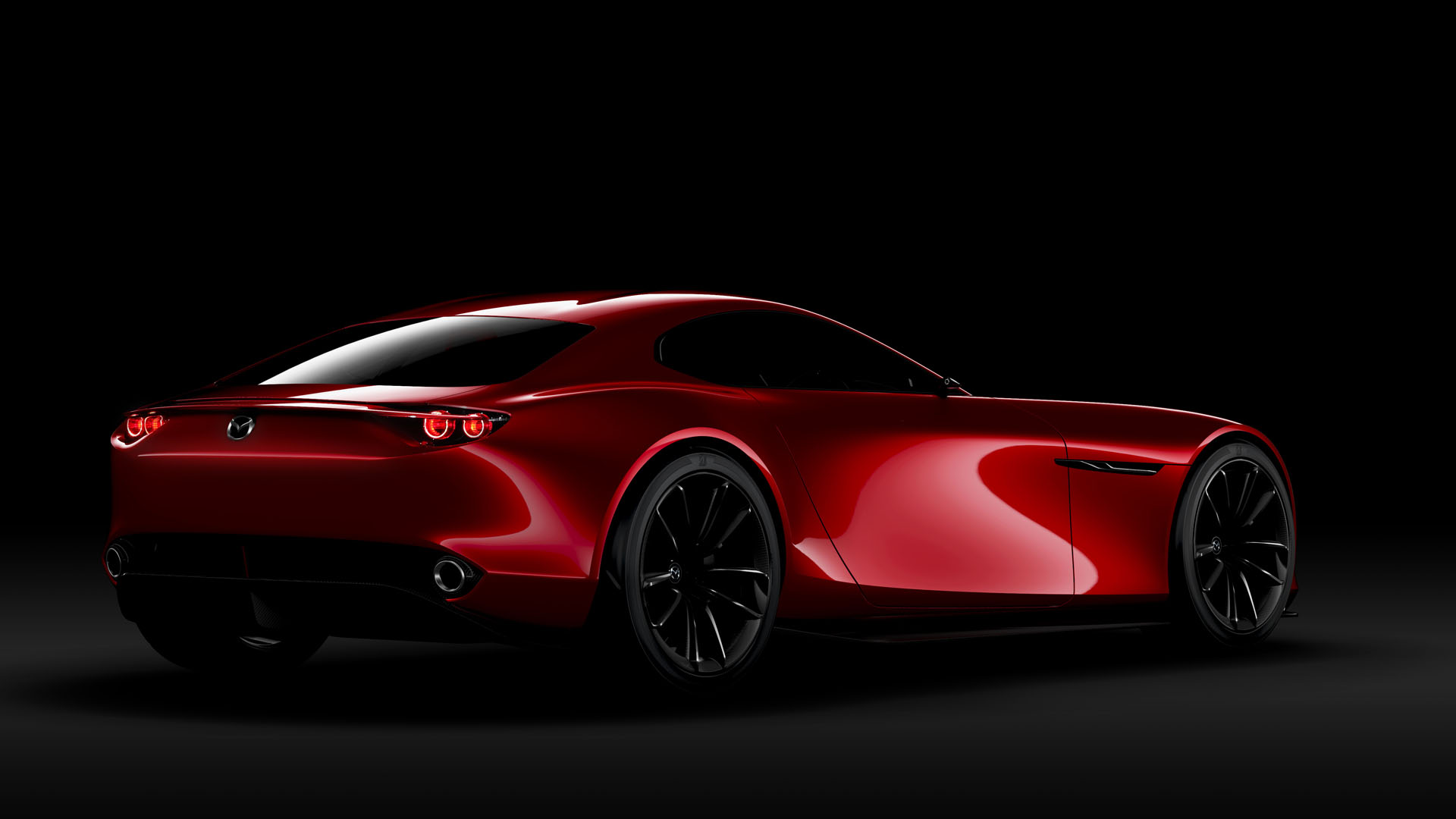Though we haven’t been able to get one since the RX-8 was discontinued in 2012, the rotary engine has been essential to Mazda’s enthusiast appeal for decades. And now the Japanese automaker has at long last confirmed that it’s bringing it back… only not in the form you might expect.
At the Paris Auto Show this week, Mazda confirmed its intent to launch its first electric vehicle. Two of them, in fact: one powered solely by battery, and another with a range-extender. And that range-extender will be – you guessed it – a rotary engine.
Similar to what you might find in, say, the BMW i3 REX, the range-extender will allow the forthcoming EV to travel further once the batteries are depleted, burning fossil fuels to recharge the pack. It’ll even be able to run on liquified petroleum gas (LPG), further enhancing the model’s green credentials.
Unfortunately that’s about all we know about the forthcoming new model at this point, but the manufacturer notes that the Wankel engine (as the rotary is otherwise known by its inventor’s name) is ideally suited to serve as a range-extender due to its high output relative to its compact size.
Pictured is the rather stunning RX-Vision show car that Mazda revealed in 2015 as a conceptual potential successor to the RX-7 and RX-8. The new EV, we’re sorry to say, will probably look more like a Nissan Leaf or Chevy Bolt than a sleek sports car. But whatever form it takes, it will form an essential part of Mazda’s so-called Sustainable Zoom-Zoom 2030 plan.
The initiative will see battery-powered EVs account for five percent of its production by the end of the next decade, and the lion’s share (the remaining 95 percent) by hybrids employing a mix of electric motor and an internal-combustion engine. So one way or another, come 2030, everything Mazda makes will be electrified in some form or another.



